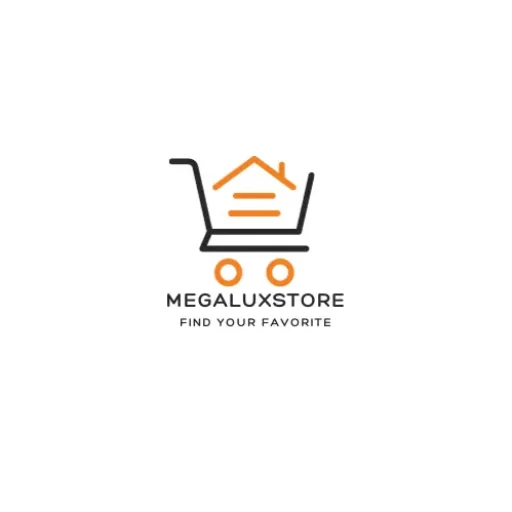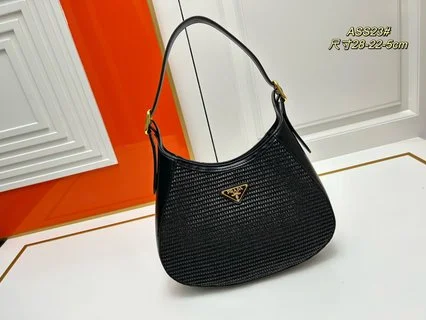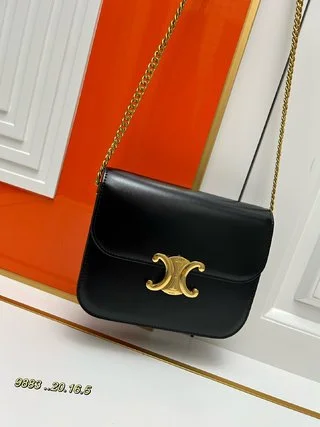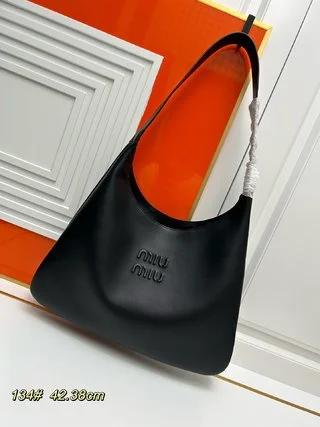How to start my own fashion line? Starting your own fashion line is a thrilling journey that allows you to transform your passion for fashion into a tangible reality. Whether you’re a budding designer or a fashion enthusiast dreaming of making a mark in the industry, this guide will take you through the essential steps to kickstart your own fashion venture.
Definition of How to Start my Own Fashion Line
Embarking on the journey to start your own fashion line involves creating and launching a collection of clothing or accessories under your brand name. It goes beyond just designing; it encompasses aspects like production, marketing, and establishing a unique brand identity. Passion is the driving force behind any successful fashion venture. Before diving into the intricate details of starting your own line, reflect on your love for fashion and how it can fuel your commitment to seeing your brand succeed.
Research and Planning For Starting my own Fashion Line
Conduct thorough market research to understand current fashion trends or bio fashion designers, consumer preferences, and the competitive landscape. This insight will inform your decisions and help you position your brand effectively. Define your target audience – the demographic that resonates with your brand. Tailor your designs and marketing strategies to cater to their preferences and needs. Set your brand apart by identifying a unique selling proposition. This could be based on design aesthetics, sustainable practices, or any other factor that makes your brand distinctive.
Building Your Brand
Designing a Distinctive Logo
Craft a visually appealing and memorable logo that represents your brand’s essence. Your logo is a crucial element in building brand recognition.
Crafting a Memorable Brand Story
Tell a compelling story about your brand’s journey, inspiration, and values. A captivating narrative creates an emotional connection with your audience.
Sourcing Materials and Production
- Choosing Quality Fabrics and Materials: Quality materials contribute to the durability and perceived value of your products. Establish relationships with reliable suppliers to ensure a consistent supply of high-quality garments materials.
- Establishing Relationships with Suppliers: Build strong partnerships with suppliers to secure favorable terms and ensure timely production. Reliable suppliers are essential for maintaining product quality and meeting deadlines.
- Determining Production Processes: Define the production processes for your fashion line. Consider factors like scalability, cost-effectiveness, and ethical practices in your manufacturing methods.
Designing Your Collection
Sketching and Prototyping
Translate your creative ideas into tangible designs through sketching and prototyping. This phase allows you to fine-tune your concepts and ensure they align with your brand vision.
Balancing Creativity and Commercial Viability
While creativity is key, balance it with commercial viability. Ensure your designs appeal to your target market and have the potential for mass production.
Setting Up an Online Presence
Establish a professional website showcasing your brand and collections. An online platform serves as a central hub for potential customers to explore and purchase your products. Utilize social media platforms to amplify your brand’s visibility. Engage with your audience through visually appealing content, behind-the-scenes glimpses, and interactive campaigns.
Establishing Sales Channels
Consider selling directly to consumers through your website. This model provides more control over pricing, branding, and customer interactions. Explore collaborations with retail partners to expand your reach. Building relationships with established retailers can open doors to new customer segments.
Pricing Strategies For Building Business Line
Calculate all production-related costs, including materials, labor, and overhead. Use this information to set competitive yet profitable prices for your products. Strike a balance between offering competitive prices and ensuring profitability. Consider factors like perceived value, market positioning, and customer expectations.
Marketing and Promotion For How to Start a Fashion Line
Partnering with influencers can significantly boost your brand’s visibility. Identify influencers whose audience aligns with your target market and collaborate on promotional campaigns. Create engaging content that showcases your brand’s personality and values. Content marketing builds a loyal audience and establishes your brand as an authority in the fashion industry.
- Trademarks and Intellectual Property: Protect your brand by registering trademarks and securing intellectual property rights. Legal considerations are crucial in safeguarding your designs and brand identity.
- Compliance with Regulations: Adhere to legal regulations governing the fashion industry. Ensure your products meet safety standards and comply with labeling requirements.
Funding Your Fashion Venture
Evaluate whether self-financing or seeking investors is the right path for your fashion venture. Each option has its pros and cons, so choose the one aligned with your business goals. Crowdfunding platforms can be a viable option for raising funds and gauging market interest. Develop a compelling campaign that highlights your brand story and offerings.
Managing Inventory For Your Business
Implement robust inventory control systems to manage stock levels efficiently. Prevent overstock or stockouts by forecasting demand and optimizing inventory management. Stay ahead of seasonal trends by planning your collections. Anticipating trends allows you to align your designs with consumer preferences.
Customer Feedback and Adaptation
- Embracing Constructive Criticism: Welcome customer feedback as a valuable resource for improvement. Embrace constructive criticism and use it to refine your designs and enhance customer satisfaction.
- Evolving with Market Trends: Stay flexible and adapt to evolving market trends. Continuously monitor industry developments to ensure your fashion line remains relevant and appealing.
Challenges in the Fashion Industry
The fashion industry is highly competitive; resilience is key to overcoming challenges. Stay focused on your brand vision and adapt to market dynamics. Fashion trends evolve quickly. Stay agile and be ready to adapt your designs to meet changing consumer preferences and market trends.
Conclusion
Starting your own fashion line is a rewarding yet challenging endeavor. By following these steps and staying dedicated to your vision, you can turn your passion for fashion into a successful and sustainable business. Remember, the journey may have challenges, but each hurdle is an opportunity to learn and grow.
Frequently Asked Questions(FAQs)
How much does it cost to start a fashion line?
Launching a fashion line costs vary but typically range from $50,000 to $100,000. Factors like production scale, materials, branding, and marketing influence expenses. Careful financial planning is essential for success in the competitive fashion industry.
How do people start fashion lines?
Launching a fashion line involves market research, brand creation, sourcing materials, designing, and establishing an online presence. Consider sales channels, pricing, legalities, funding, and adaptability for success.
What is needed to start your own clothing line?
To start your own clothing line, essential steps include market research, defining your brand identity, sourcing quality materials, designing your collection, and establishing an online presence. Additionally, consider sales channels, pricing strategies, legal requirements, funding options, and adaptability to industry trends for a successful venture.
Is a fashion line profitable?
A fashion line has the potential to be profitable, but success depends on various factors such as market demand, effective marketing, quality designs, and sound financial management. With strategic planning, a unique selling proposition, and staying attuned to industry trends, a fashion line can be a lucrative venture.
How do I start a fashion brand with no money?
Starting a fashion brand with no money? Collaborate locally, use social media for free marketing, explore crowdfunding, and partner with influencers for a budget-friendly kickstart.





